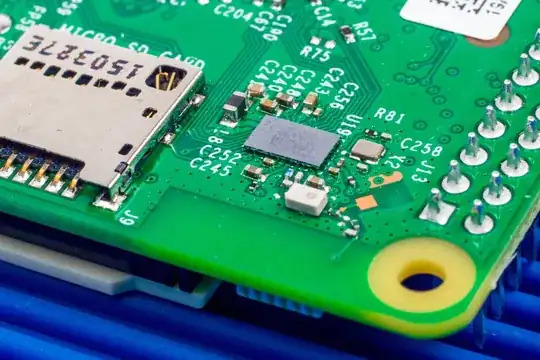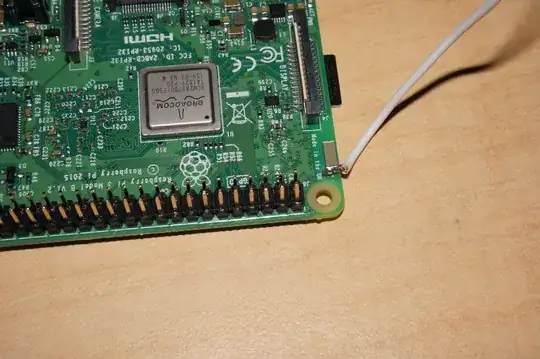There are two mostly unrelated issues. One is FCC certification as discussed above, the other is WiFi certification.
FCC certification is concerned with radiated RF energy across broad spectrums, mostly to protect other consumer electronic equipment like TV's radios, etc, from unwanted interference. FCC certification is required for devices sold in production (there is an exemption for experimental and prototype equipment as long as it's not so bad that it messes up your neighbor's TV reception) and anything that has any kind of clock or frequency generator higher frequency than 10,000 Hz has to be tested. So it's not even so much the radio as the processor clock etc that might radiate. However is adding an external antenna to the WiFi radio causes the device to exceed allowable RF energy in some of the bands that are tested, it would be a problem if you want to sell the device this way. The R-Pi foundation would not want to get involved in this kind of activity since they DO sell the board and if they help by providing info about modifications, and those modified systems cause problems, it could come back to them.
The second issue is related to the WiFi regulating council (not sure of the official name) which is more concerned with interoperability between available WiFi devices. Any device sold with the "WiFi" logo, has gotten a blessing from this organization and participated in extensive "plugfests" and interoperability testing to ensure that the device plays well with others, including operating at power levels that don't drown out other devices.
Again, the RaspbPi folks have gotten these certifications as well, and by connecting different configurations of antennas etc, these things could be violated. Or you might just put too much strain on the RF output amplifier and burn it out. In either case I can certainly understand why the organization would not want to do anything to cause them some liability for hobbyinsts messing around.
All that being said, as has been mentioned above, if you are just building a on-off version for your own interest, there is no real risk other than you might have to spend another $36 when you fry your board.
IMHO


